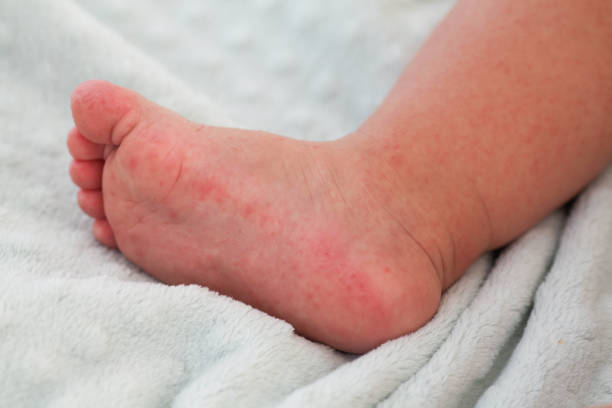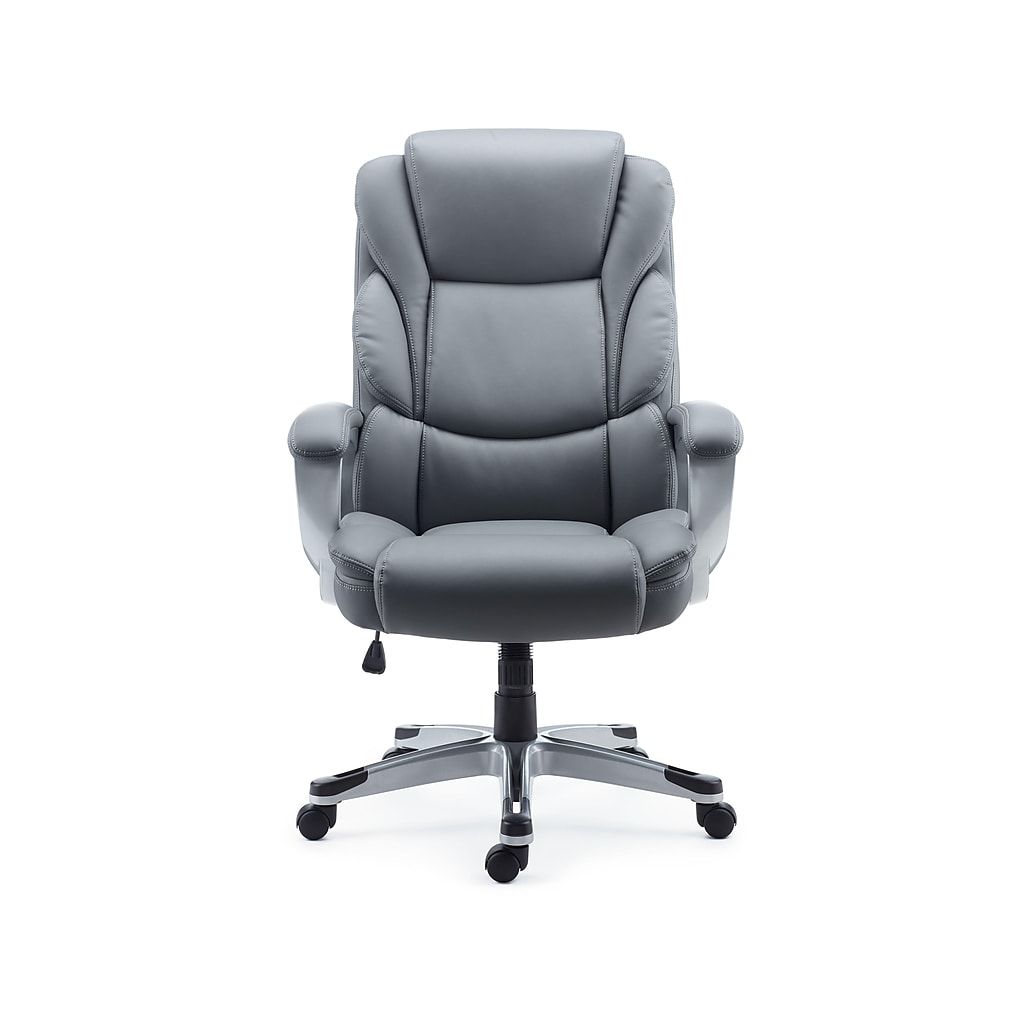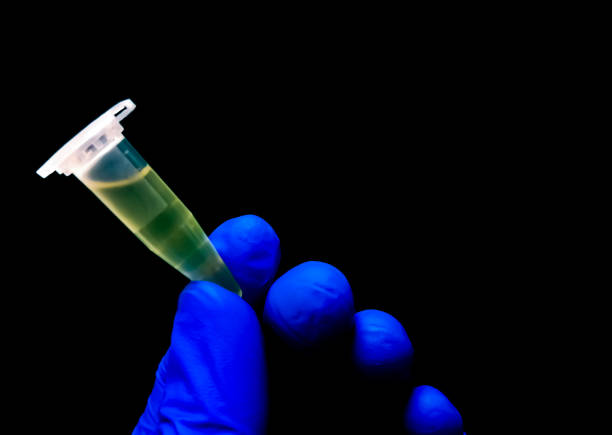The most important way to avoid hand foot and mouth disease (HFM) is to avoid touching anyone with the disease. This includes not only close family members, but also people in childcare centers and school. The best way to protect yourself is to wash your hands frequently, especially after using the restroom and before changing diapers. Care must also be taken to keep shared surfaces in childcare centers disinfected and cleaned often. Many viruses can live on shared surfaces for days.
How long is foot hand and mouth disease contagious
Hand, foot, and mouth disease is highly contagious. This infection is caused by a virus and can be passed from person to person through respiratory droplets and contaminated surfaces. It is most common in children under the age of 10, but it can also affect older children. Most cases occur during the summer and early fall. The first symptoms usually appear three to five days after contact with an infected person. Symptoms often include a sore throat and a mild fever.
Infection with hand, foot, and mouth disease can be contagious for days, so it is important to wash your hands thoroughly after touching any infected child. You should also keep your children separated. They should not be left in a room with other children until their fever has gone away. You should also thoroughly disinfect all surfaces in your home. If your child has symptoms of the illness, they should not go to day care or school, but if their fever goes away, they should be able to go back.
Can adults get hand foot mouth disease from child?
Hand foot and mouth disease is a highly contagious viral infection that affects both children and adults. It is most common in infants, but it can affect older adults as well. There are ways to prevent the virus from spreading to adults. Avoiding sick people and washing hands frequently can reduce the chances of contracting the infection. Also, avoiding sharing food and drinks is important.
Symptoms of hand foot and mouth disease vary from child to child, but usually include blisters or red spots on the hands or feet. In some cases, sores may appear on other parts of the body. Typically, the infection will go away after a few days, although it can last longer for some people. The blisters on the hands and feet can be painful, limiting the ability to eat or swallow.
How infectious is hand-foot-and-mouth?
Hand foot and mouth disease is spread through person-to-person contact, respiratory droplets, and contaminated surfaces. It is most common in daycare and school settings. Children may shed the virus in their stool for several weeks and months. Parents can prevent their children from getting the disease by keeping a clean environment.
Children with hand foot and mouth disease may have a fever and sores in their mouths. They may also develop sores on other parts of their bodies. While hand foot and mouth disease typically only causes mild symptoms and lasts for a few days, it is important to call a doctor if symptoms persist or are severe.
If your child becomes ill, you should keep them away from other children. You should never let your child share a room with an infected child. It is also important to disinfect all surfaces to keep HFM from spreading. Children may still go to school or child care, but they should not be exposed to other children with HFM.
Is Hand-Foot-and-mouth contagious to adults?
Hand-Foot-and-Mouth disease (HFM) is highly contagious during the first week of illness. However, the virus can still live in a person’s body for weeks after they no longer have symptoms. Often, some people can transmit the disease without even showing symptoms. Outbreaks of HFM usually occur during summer and early fall, especially in areas with wet climates.
The disease is caused by enteroviruses and can affect both children and adults. There are several types of enteroviruses that can cause the disease, but Coxsackievirus A16 is the most common in the U.S. This illness can cause painful sores on the hands, the feet, and even the knees.
Can I go to work if my child has hand foot and mou
The symptoms of hand, foot and mouth disease (HFM) are common and contagious, and can be spread easily from one person to another. The virus is spread via sneezes, coughs, and the fluid in blisters. The infection is most contagious during the first five days after the symptoms start. Therefore, it is best to keep the child home until the symptoms disappear and the last blister has healed. During this time, it is also important to cover the mouth with a tissue to prevent the spread of the disease.
Hand, foot and mouth disease usually lasts seven to ten days, and there is no specific treatment for the disease. However, symptoms can be treated with over-the-counter pain medications.



